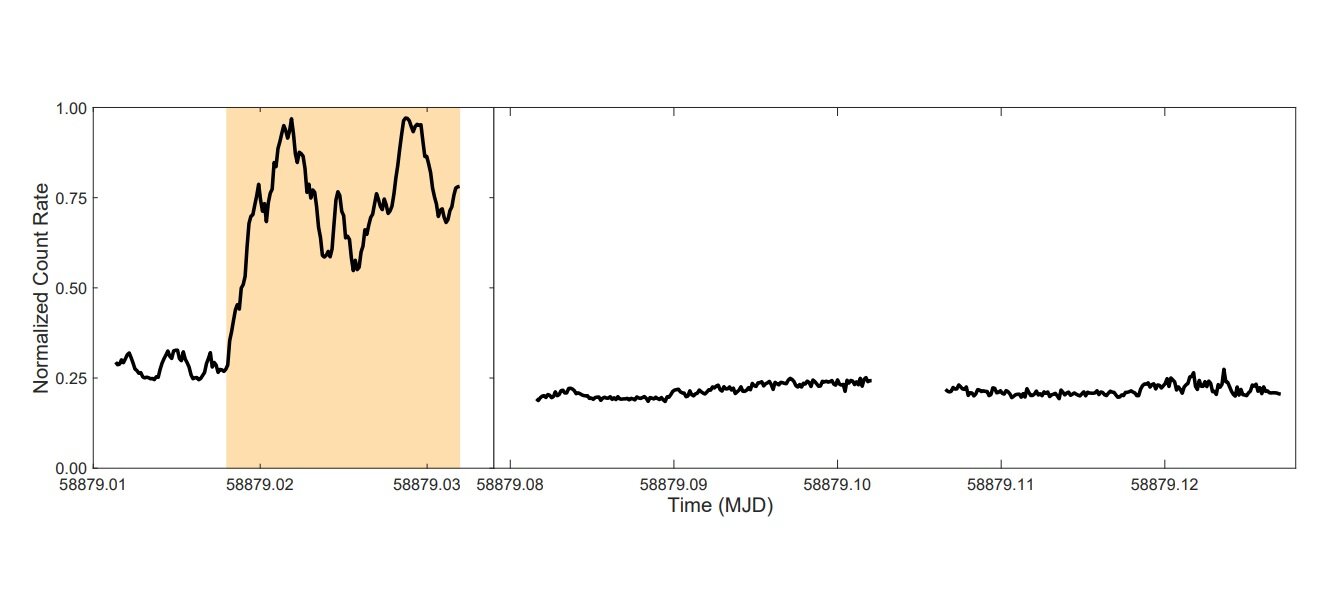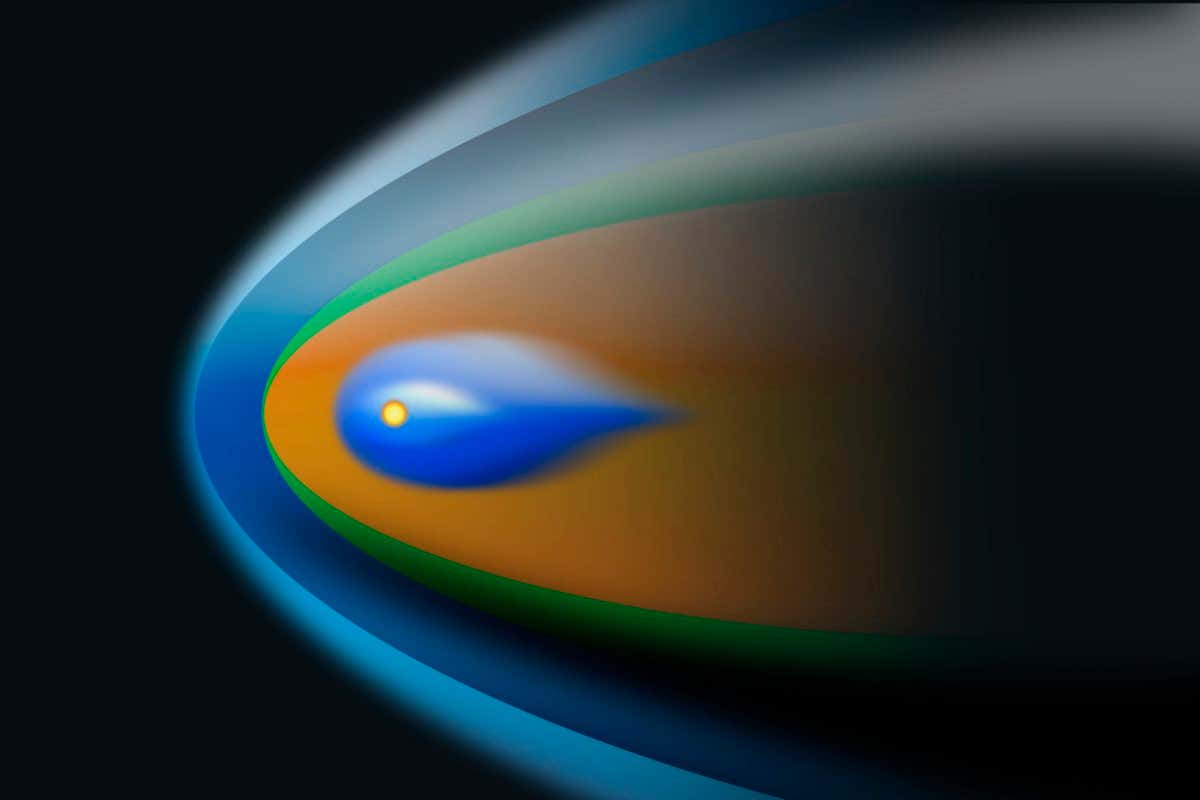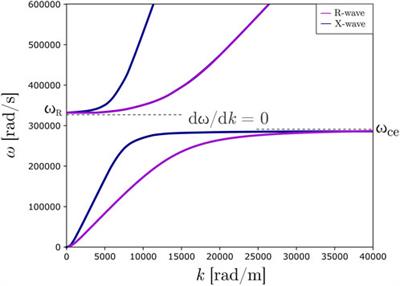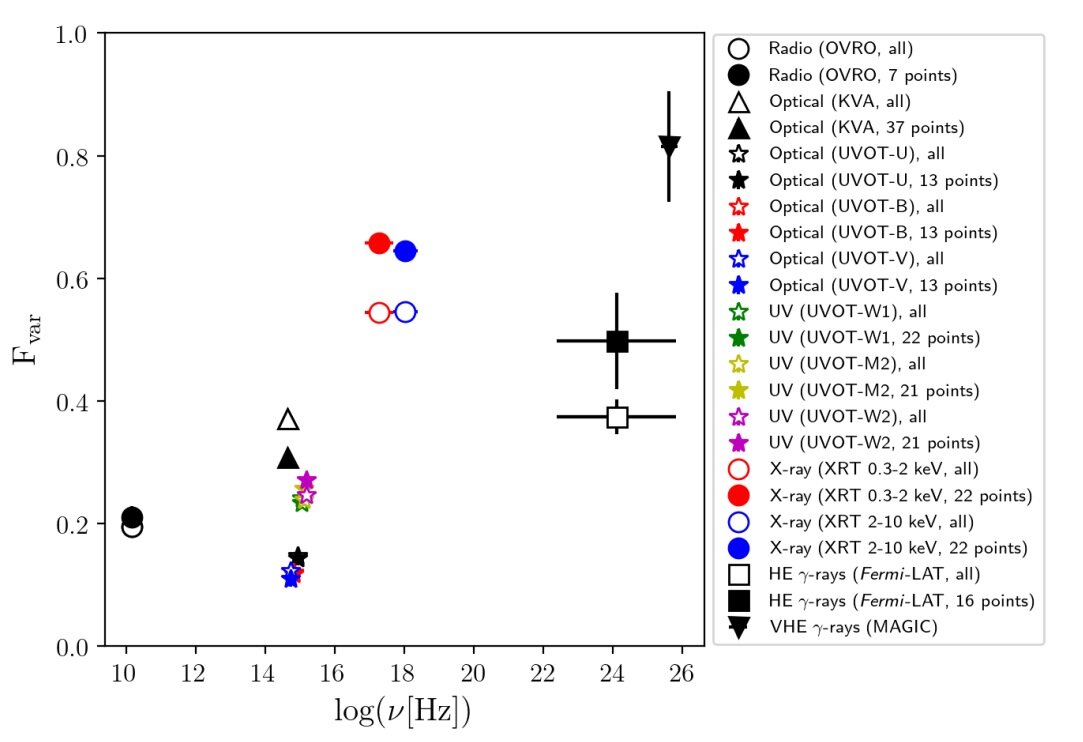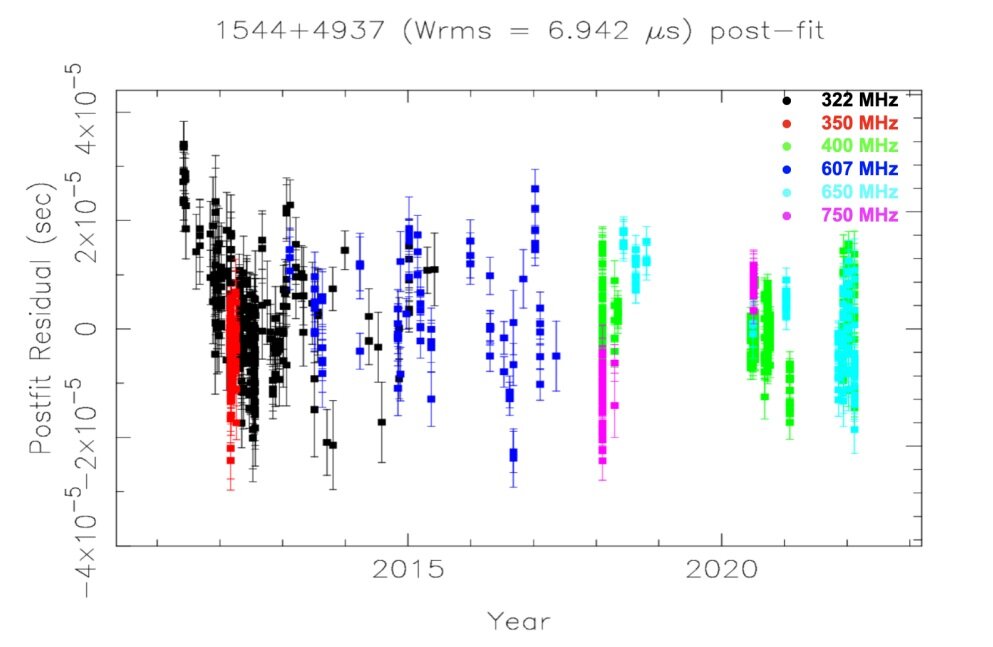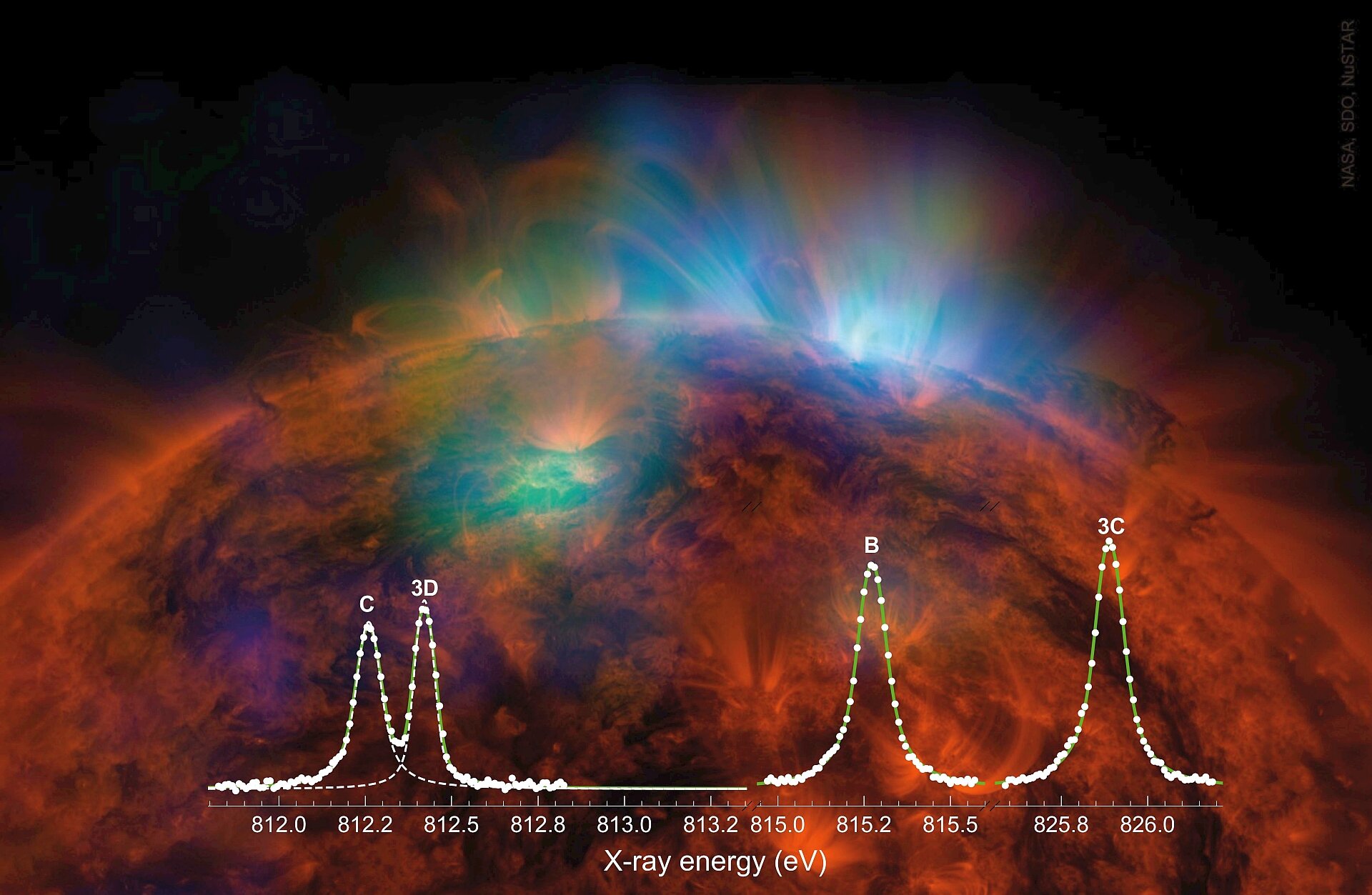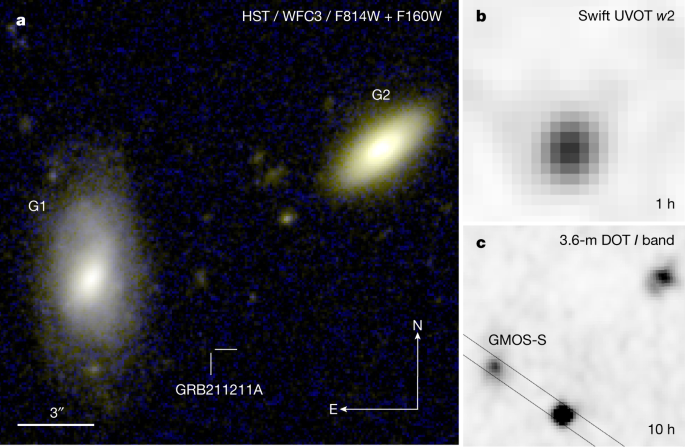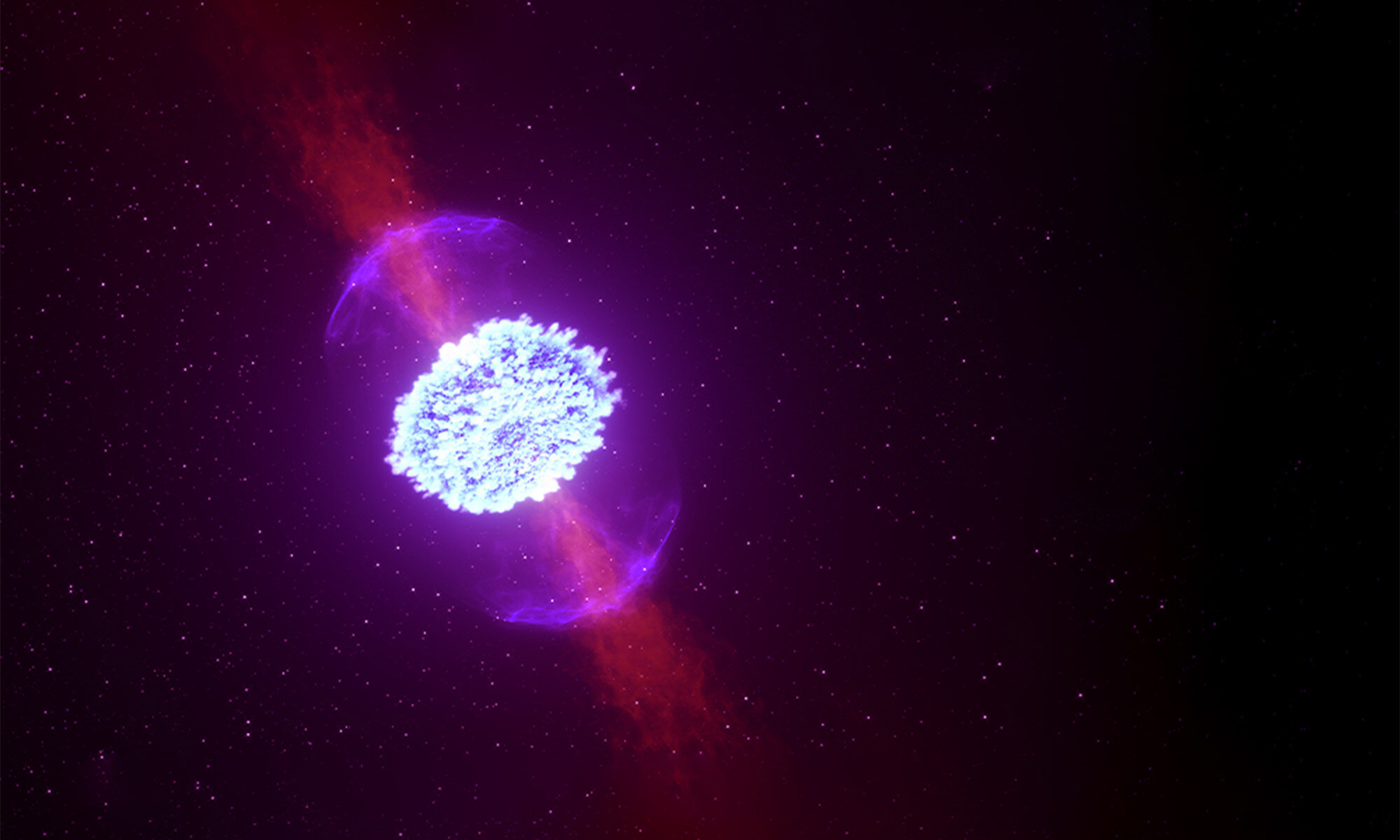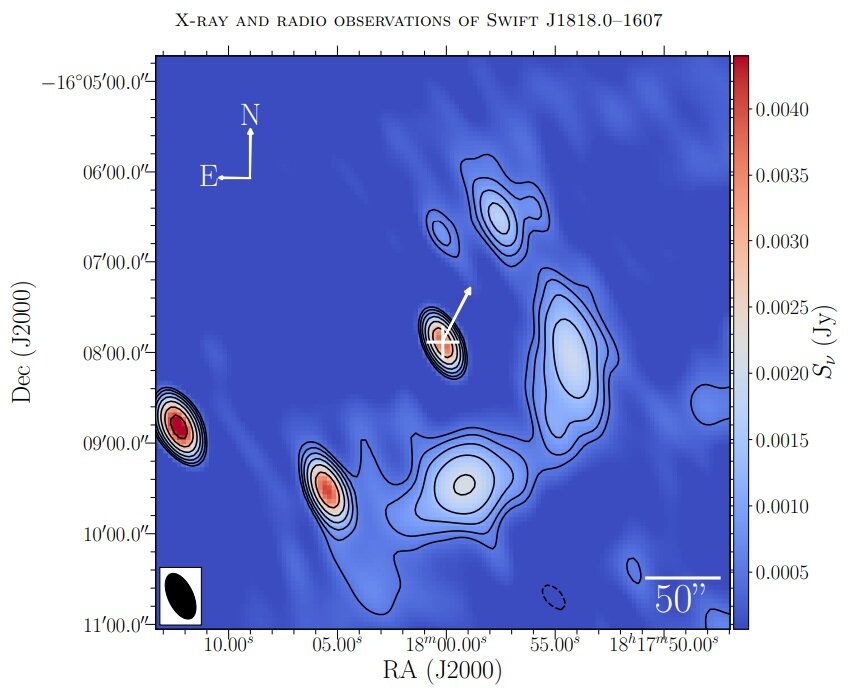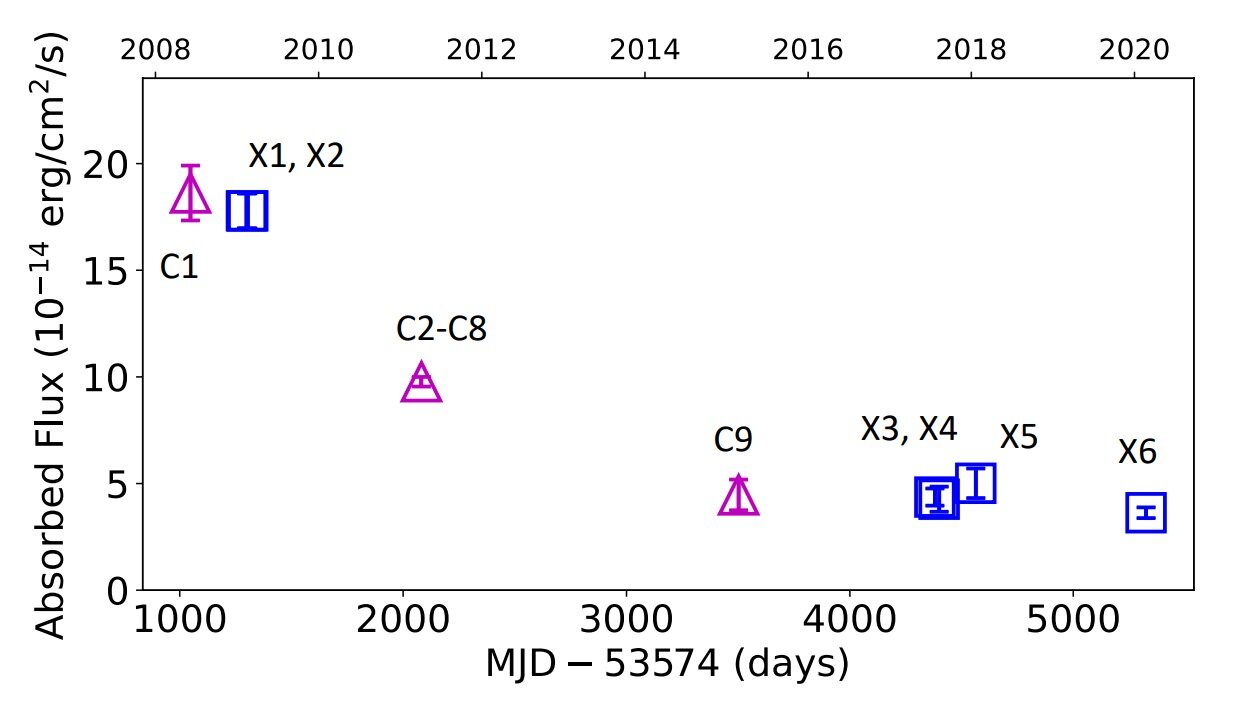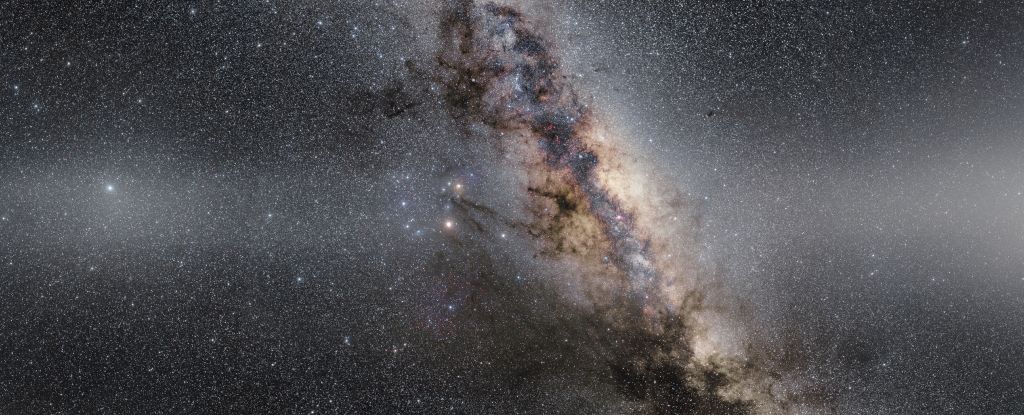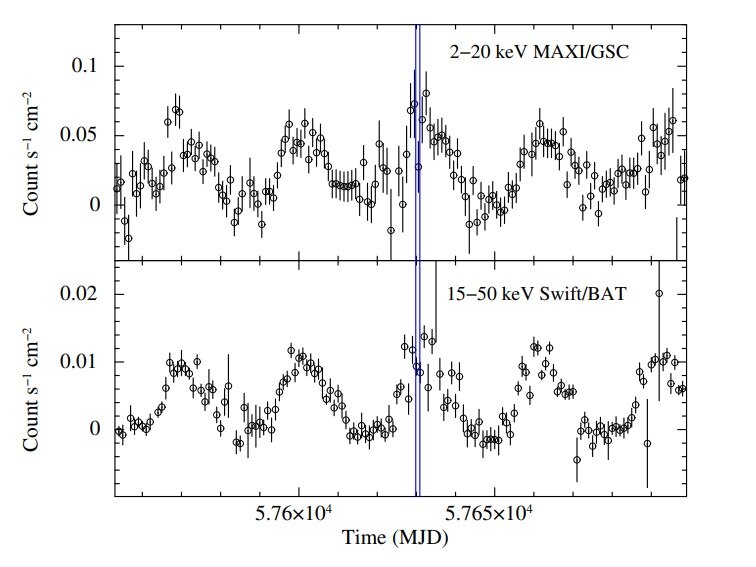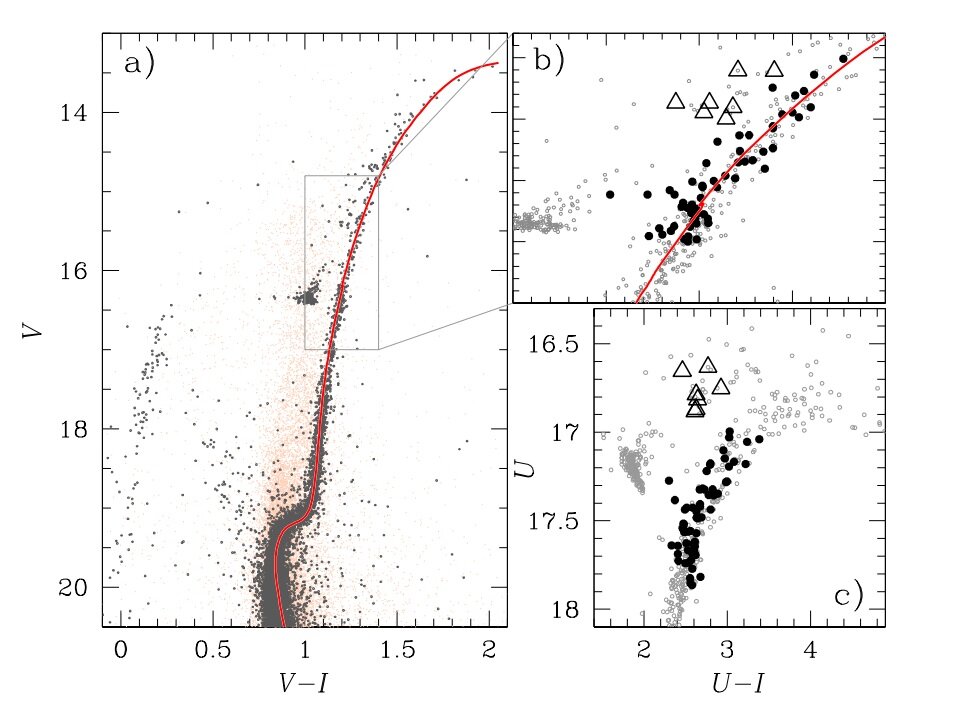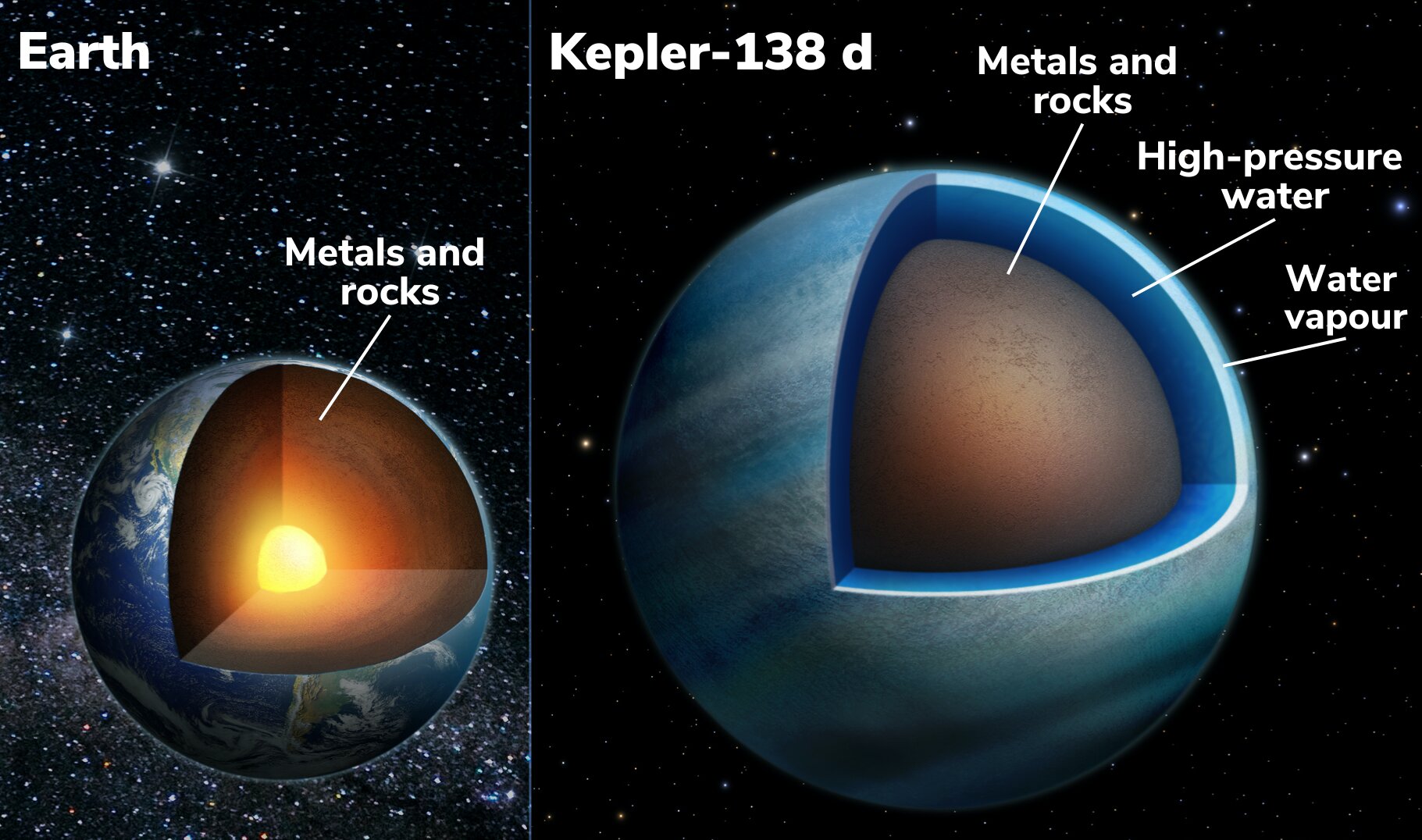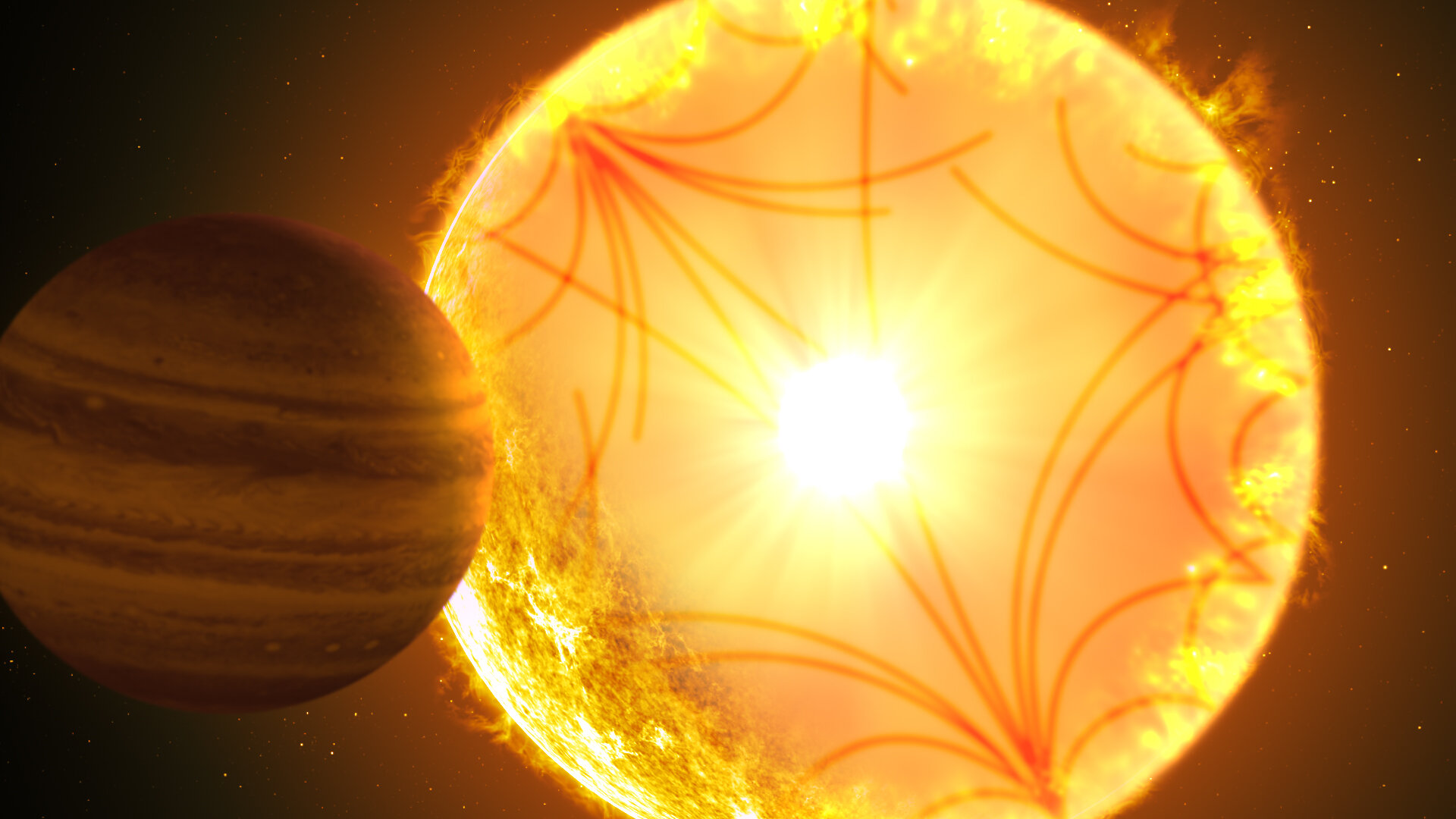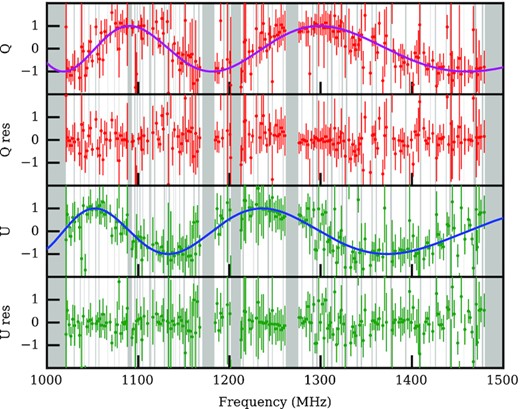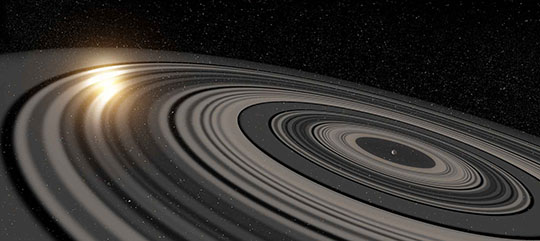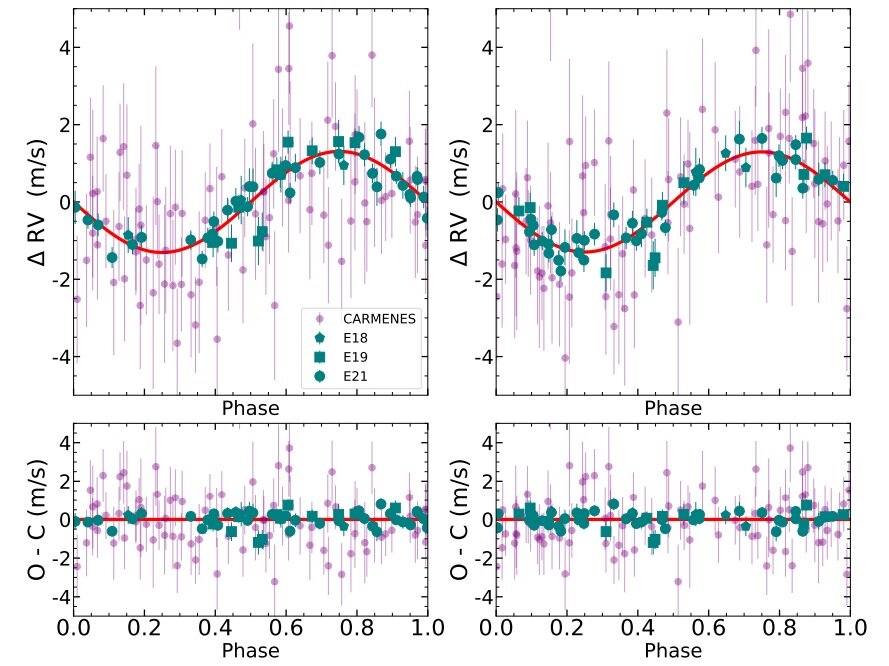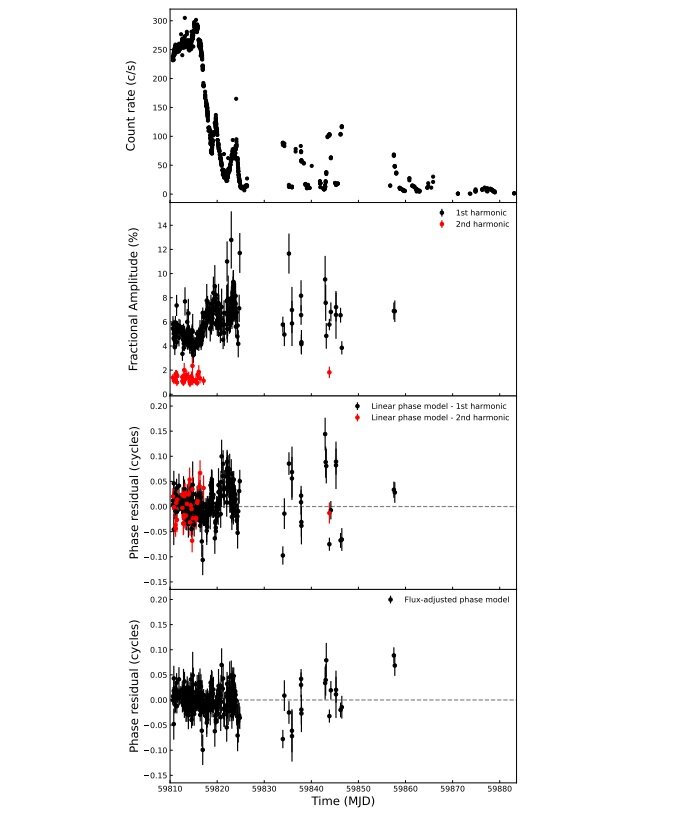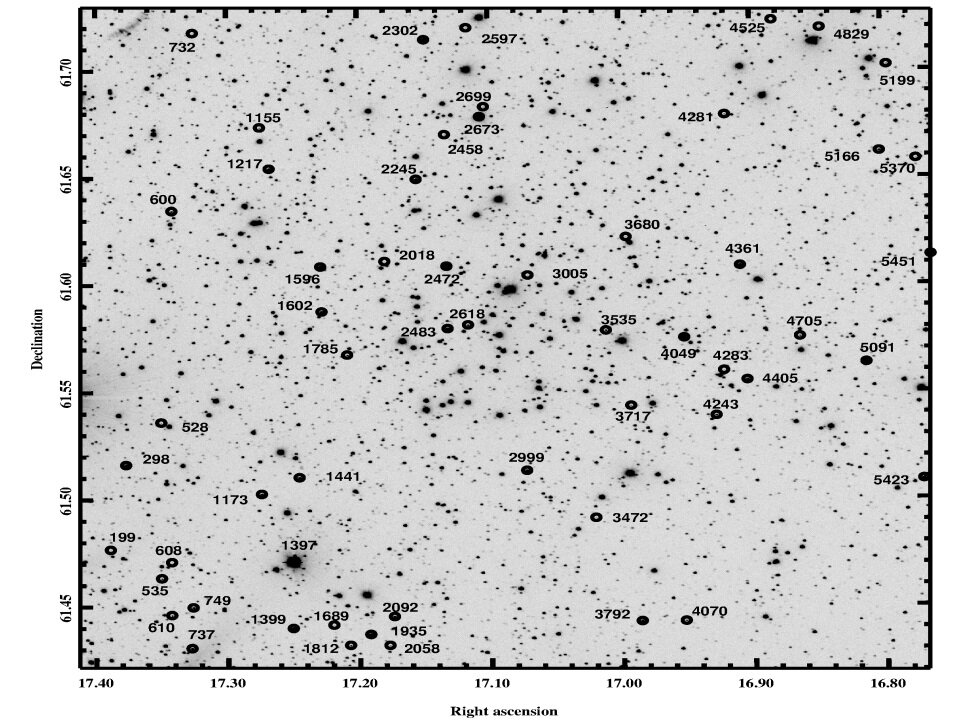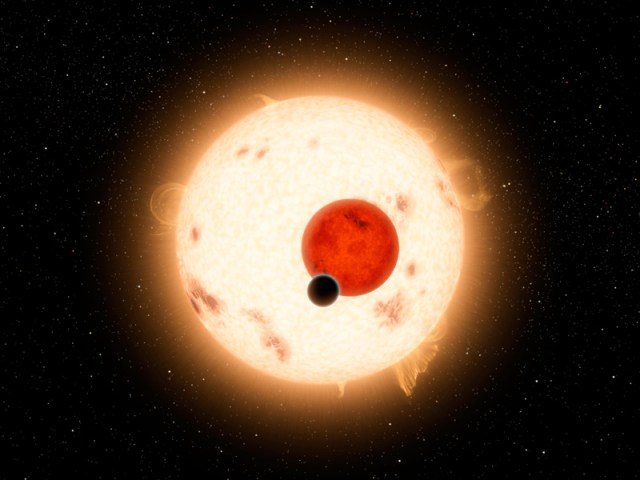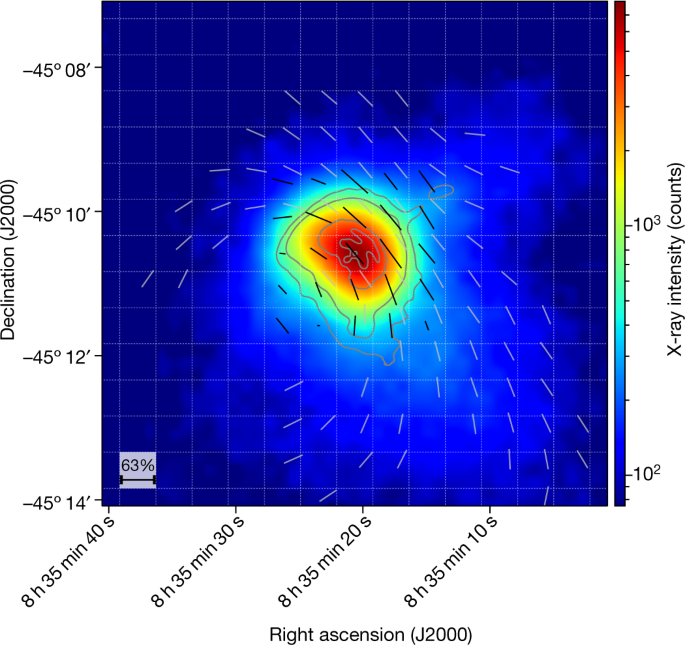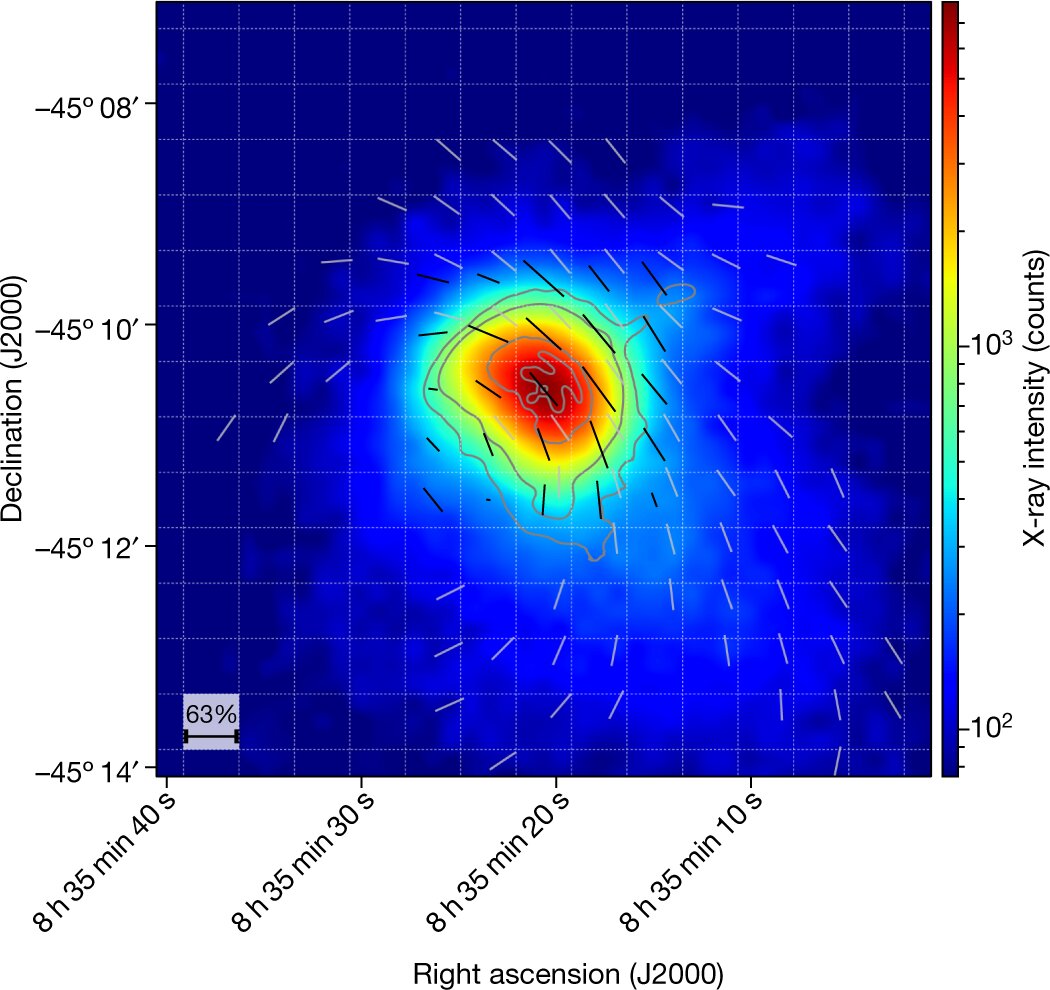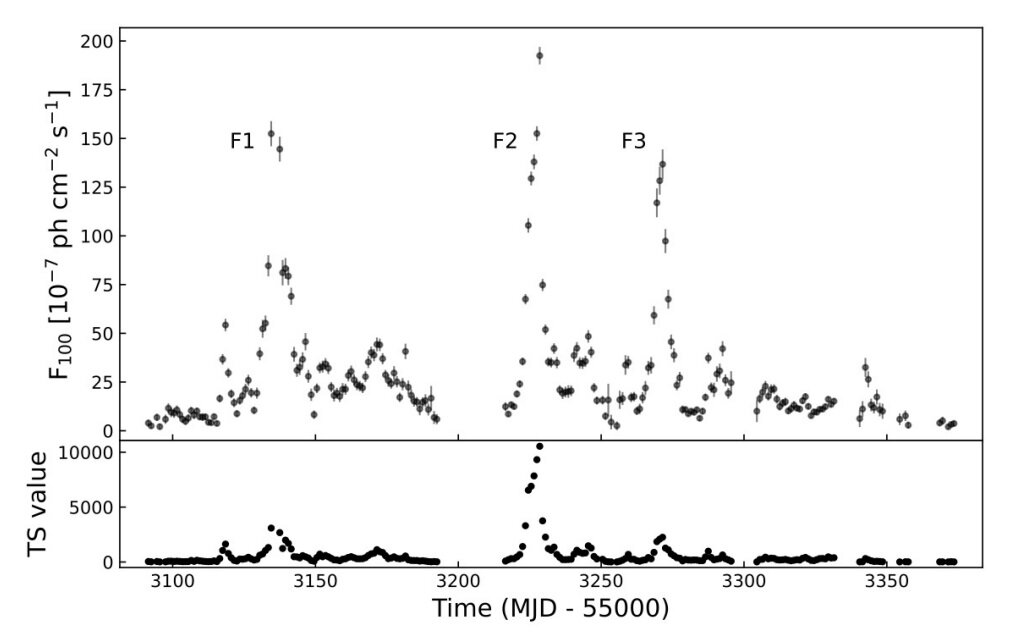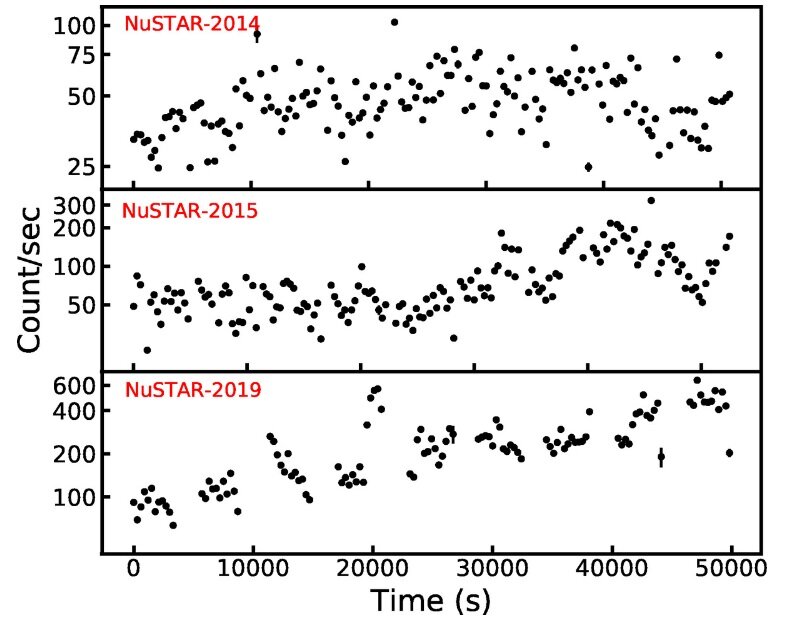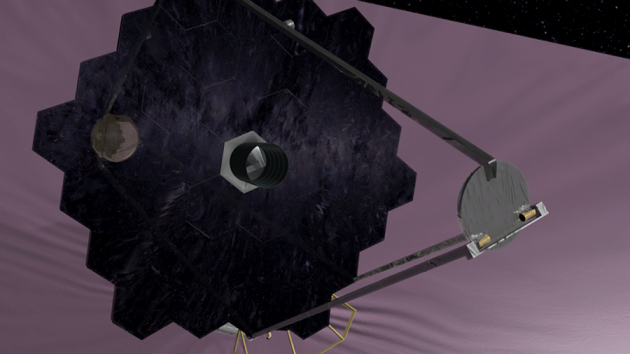Rhinocrates
ACCESS: Top Secret
- Joined
- 26 September 2006
- Messages
- 2,144
- Reaction score
- 4,566
To be taken with a grain of salt, since it's one of those futurological studies that go 'the future will be like the present, only more so'.

 astronomy.com
astronomy.com

First human landing on an asteroid by 2073, say scientists
A team at NASA's Jet Propulsion laboratory have worked out a timeframe for crewed missions to the asteroid belt and beyond.
Deep space exploration offers the most profound opportunity for the expansion of humanity and our understanding of the Universe, but remains extremely challenging. Progress will continue to be paced by uncrewed missions followed up by crewed missions to ever further destinations. Major space powers continue to invest in crewed deep space exploration as an important national strategy. An improved model based on previous work is developed, which projects the earliest possible launch dates for human-crewed missions from cis-lunar space to selected destinations in the Solar System and beyond based on NASA's historic budget trend and overall development trends of deep space exploration research. The purpose of the analysis is to provide a projected timeframe for crewed missions beyond Mars. Our findings suggest the first human missions from a spacefaring nation or international collaboration to the Asteroid Belt and Jovian System could be scheduled as soon as ~2071 to ~2087 and ~2101 to ~2121, respectively, while a launch to the Saturn System may occur by the year ~2132, with an uncertainty window of ~2129 to ~2153.

